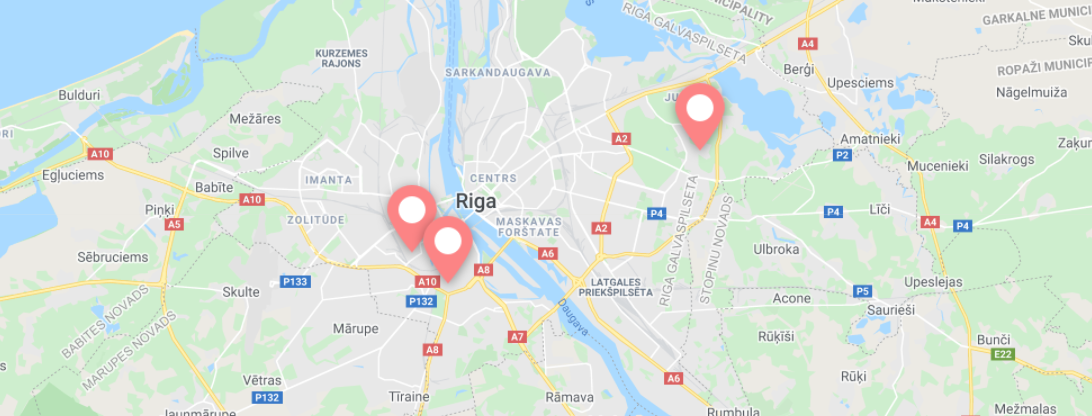Bērniem ar hemofiliju dzīve ir diezgan sarežģīta. Neraugoties uz ārkārtīgi straujo medicīnas progresu, kas šiem bērniem ļauj dzīvot normālu dzīvi, nekā tas bija agrāk, bērniem ar hemofiliju aizvien ir jātiek galā ar problēmām, par kurām viņu vienaudžiem nav jāuztraucas. Nozīmīgākā terapijas komplikācija ir inhibitoru rašanās. Inhibitori izveidojas, kad organisms sāk ražot antivielas pret hemofilijas ārstēšanai lietotajām zālēm.

Previously, the amount of medication applied was calculated based on the weight or age of the child. These days there are new options that provide many benefits. For example, there are pharmacokinetic models that help determine the precise amount of clotting factor needed at any given time.
Pharmacokinetics is a branch of pharmacology that studies the absorption of medication, its modification in the human body and consequent excretion from the organism. What does it mean in practice? Thanks to such analysis, doctors can tailor the treatment according to the needs of each haemophiliac. Every organism is unique and the same dose of medication can have different effects on different people. The differences are not usually dramatic, but when it comes to haemophilia, it is a huge advantage to keep the clotting factor level within the exact defined limits. Approximately one half of haemophiliacs receives doses that are too low, the other half, on the contrary, doses that are too high for their needs.
Simple tests refine the treatment
Pharmacokinetic tests are actually very simple. First, the exact amount of clotting factor needs to be applied to the organism. As the level of medication gradually decreases, it is measured at defined intervals. The time curve and resulting mathematical model make it possible to determine the precise reaction of every individual. In adults this reaction is pretty much constant, but in children it can change as they grow. That’s why it may be necessary to repeat the tests.
Everybody has a chance
- In paediatric patients, the pharmacokinetic project has been in progress for approximately a year.
- Haemophilia Centre in Brno has tested all its paediatric patients with severe forms of haemophilia. Some of them had their treatment modified or received a different clotting factor derivative based on the pharmacokinetic results. These tests can be arranged at Motol University Hospital as well. Other children centres have been joining the project.
- Pharmacokinetic test results can also help to determine at what time "risky activities” can be done, and when it’s time to rest and only do light activities.
- There is also a similar project for adult haemophiliacs, who can arrange their pharmacokinetic test with their haemophilia centre.
Pharmacokinetic tests are very popular around the world and have recently started to gain popularity in our country too. That makes sense, as they help to improve treatment quality, safety and cost effectiveness.
(holi)
Source: http://www.merckmanuals.com/professional/pediatrics/principles_of_drug_treatment_in_children/pharmacokinetics_in_children.html http://www.hemofilici.cz/index.php/cs/doplnkove-informace/rady-lecba/177-projekt-farmakokinetiky-se-rozjizdi
 hema
hema







